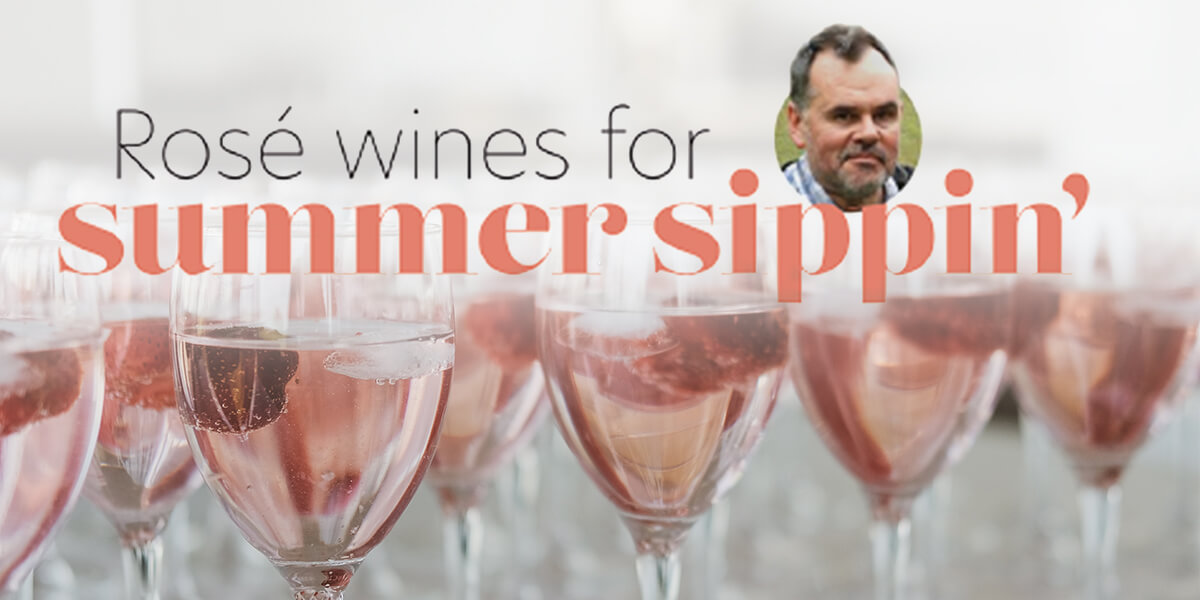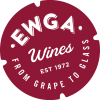Rosé has been on something of a roll…
With temperatures riding high I thought that some delicious Rosés to be enjoyed well-chilled and al fresco would be an appropriate subject for my first column. It wasn’t that long ago that many UK imbibers looked down their noses at Rosé, but they have long been popular around Europe, particularly in the Mediterranean countries. However, Rosé has been on something of a roll here over the last several years. It always surprises me that quite a few people that I encounter are reluctant to try a Rosé because of a perception that most of them are quite sweet when in truth the majority are dry to varying degrees.
How is a Rosé wine made?…
So, how is a Rosé wine made? There are actually 3 different methods that can be employed; the simplest is quite literally adding a little red wine to some white! This technique is rather frowned upon in Europe, indeed it is not permitted in many regions, although ironically some of the most expensive Rosé, namely Champagne can be made this way. The Saignée method involves racking off some of the juice when making red wine to be made into Rosé after a short maceration and then with the remainder being made into red. Finally, the most widely used is direct pressing in which black grapes are gently crushed with the juice remaining in contact with the skins until the desired colour has been acquired.
If dry is your thing…
If dry is your thing, then Provence in Southern France is a great place to start and is currently enjoying a real surge in popularity. This is partially down to the success of Ch. d’Esclans extremely ‘Insta’ friendly Whispering Angel but there are plenty of alternatives out there, some better and plenty that are less expensive! These wines are invariably blended from a combination of grape varieties with Grenache, Carignan, Cinsault & Syrah holding sway. There is also a commonly held belief that the paler the wine, the better the quality and Rosé from Provence is almost always very pale, however, depth of colour in a Rosé is not an arbiter of quality – there are some outstanding Rosés that are very deep in colour!
There is plenty of Rosé made in other parts of France too; the Languedoc is quite prolific as is the Rhône Valley with the wines of Lirac well worth seeking out. Rosé Sancerre is made from Pinot Noir and is a little more niche but definitely enjoys its share of devotees.
IMHO, some of the best Rosé, or should I say Rosado is from Spain – Rioja produces some lovely dry but fruity wines usually from Tempranillo often with a little Garnacha. Historically, Navarra was where most Rosado was made but these wines don’t get imported to the UK as much as they used to, whereas Catalunya is an increasingly excellent source with some wonderful dry wines, with varying degrees of fruitiness coming through.
So, on to some recommendations…
AIX Vin de Provence 2020 – Provence, France
This Dutch-owned 75-hectare Estate had the temerity to patent the name of the sub-zone of Provence in which they are based… didn’t really endear them to their neighbours! Their wine however is excellent – a blend of Grenache, Syrah & Cinsault that is bone-dry, elegant & typically pale. Well-balanced & refreshing as a freshly cut Watermelon!
Cote Mas Rosé 2020 – Vin de Pays, France
This was originally conceived as a range of up-market ‘house’ wines for Jean-Claude Mas to serve to guests at his own, on-site bistro at their Pézenas HQ deep in the Languedoc. However, they were so good that they were put on general release and this is now one of our most popular Rosés. Also a blend of Grenache, Cinsault & Syrah, this is dry but more fruity than a Provençal Rosé. An attractive coral pink in colour with aromas of ripe cherry & red berries.
Eguren Ugarte Rioja Rosado 2020 – Rioja, Spain
This medium-sized, family-owned and run Bodega just outside Laguardia in the Rioja Alavesa produces a diverse range including this delicious Rosado. It is 100% Tempranillo & by Spanish standards really rather pale! It was cold fermented to retain the delightful wild strawberry and red berry aromas with the palate dry but fruit-driven.
Afrikan Ridge Rosé NV – Breedekloof, South Africa
The latest addition to the ever-popular Afrikan Ridge range. This off-dry rosé is sourced from our friends at Gravel Junction, with the grapes coming from the Mount Vernon winery situated in the picturesque village of Klapmuts. This is an example of a blended rosé, predominantly Chenin Blanc, complemented by Merlot grapes. Merlot gives the wine a lovely pink colour, juicy berry flavours and provides a silky smooth finish. Unlike its aforementioned peers, it boasts a less serious and naturally sweeter style, making it the sort of wine you can add an ice cube to or use in a cocktail. I like to blend it with frozen fruit and make a Frosé (Frozen Rosé) which is the perfect treat for when you want to cool down and unwind. Excellent for hot summer days.
If you are interested in any of the aforementioned wines or would like to discuss your wine requirements with our wonderful team, simply email [email protected] or give us a call on 01524 737 100.



